Why Henry Ford imported a Cotswold cottage to Michigan
Many of us enjoy taking souvenirs home from our holidays, but when you are the world's richest man the souvenirs can be much bigger.
In the 1920s Henry Ford, the founder of the Ford Motor Company, was besotted with the Cotswolds, Gloucestershire, and decided that he wanted to own a piece of it.
"He loved the region, and quietly worked with his English agent, Herbert Morton, to find a building that was for sale to acquire it," said Jim Johnson, director of Greenfield Village.
The Village - and nearby Henry Ford Museum - were founded in Michigan by Ford in 1929 to collect objects that were being lost to a changing society, thanks in part to Ford's own invention, the Model T motor car.
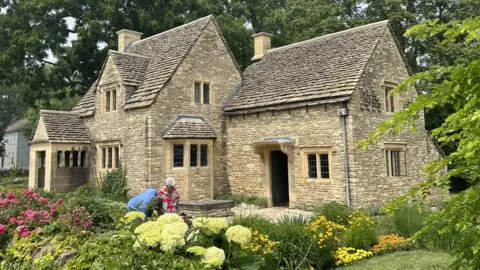
"It changed the speed of life in this country so quickly, and Henry saw things going by the wayside that he wanted to preserve," said Mr Johnson.
Multi-billionaire Ford purchased whole buildings, like the Wright Brothers' shop and Thomas Edison's laboratories, alongside smaller items.
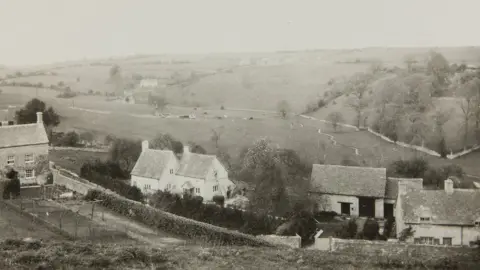 The Henry Ford Museum
The Henry Ford MuseumThe cottage was originally known as the Rose Cottage, because of the way the rain changed the colour of the limestone when wet.
Mr Morton bought the house for £500 and made several modifications to perfect the storybook cottage look for Mr Ford.
The Times newspaper reported that the local villagers "viewed the whole proceeding with disfavour, not unmixed with indignation.
"In common with most rural parishes, Chedworth suffers from a scarcity of houses, new ones are so costly to build as to put them beyond the reach of the ordinary man," the paper wrote.
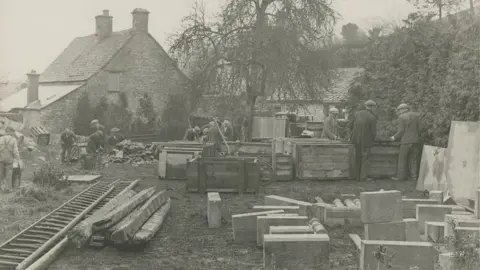 Henry Ford Museum
Henry Ford MuseumIn January 1930 the dismantling began.
"It was without doubt the most expensive project at Greenfield Village," said Mr Johnson.
Keystones were numbered and stones were packed into 506 sacks. Doors, windows, staircases and beams were packed into a further 211 crates.
Mr Ford even imported some Cotswold sheep to add to his storybook cottage.
It took a total of 67 railway wagons to transport 475 tonnes of material from Foss Cross station to Brentford, where it was shipped to New Jersey and on to Dearborn, Michigan.
 Henry Ford Museum
Henry Ford MuseumWhile labour to rebuild the house was provided by Ford's factory workers, Mr Ford was keen to use Gloucestershire craftsmen who knew how these buildings fitted together.
Stonemason Tom Troughton and carpenter William H. Ratcliffe, were sent to the USA to oversee rebuilding the house.
William's daughter-in-law, Maureen Ratcliffe, still lives a few miles away from Chedworth.
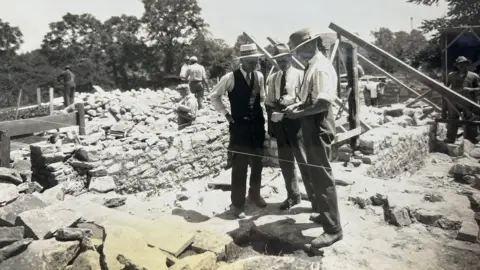 Maureen Ratcliffe
Maureen Ratcliffe"This was a big adventure for him, he was sent in a first-class cabin on the RMS Homeric and he stayed there for six and a half months," she said.
"They were just ordinary people and they were on this ship eating caviar and all sorts.
"It was a huge job and a real honour for him to go out there. His family was really proud of the work he did," said Mrs Ratcliffe.
From July to September 1930 the house was slowly rebuilt. Henry Ford often dropped by to check on their progress.
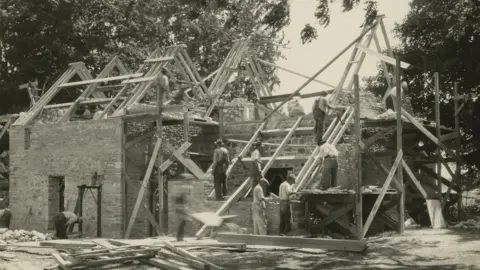 Henry Ford Museum
Henry Ford MuseumWhen the building was finished, Ford paid for Messrs Ratcliffe and Troughton to go on a two-week holiday, sending the rural craftsmen on a sightseeing trip to the Niagara Falls.
Henry Ford paid the craftsmen handsomely.
With the money made from the trip, Mr Ratcliffe bought a piece of land in Bourton-on-the-Water and built two wooden bungalows for himself and his brother.
One of the houses was named "Greenfield" after the attraction in Michigan.
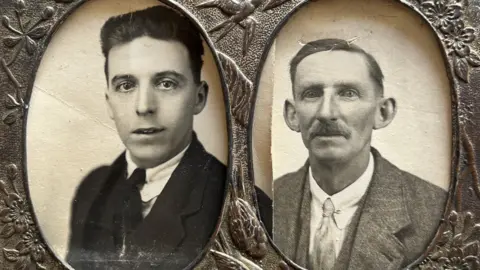
Now visited by millions every year, the Chedworth cottage is popular with Americans looking to explore the Cotswolds in a setting closer to home.
"We use it to host afternoon tea in the garden - and there's actually a waiting list for that," said Mr Johnson.
It is also said that Henry Ford wanted to purchase the 15th-century parish church of St Peter in nearby Winchcombe and the cottages at Arlington Row in Bibury but local opposition prevented him.
Proof that, perhaps, money cannot buy you everything.

Follow BBC West on Facebook, Twitter and Instagram. Send your story ideas to: [email protected]
